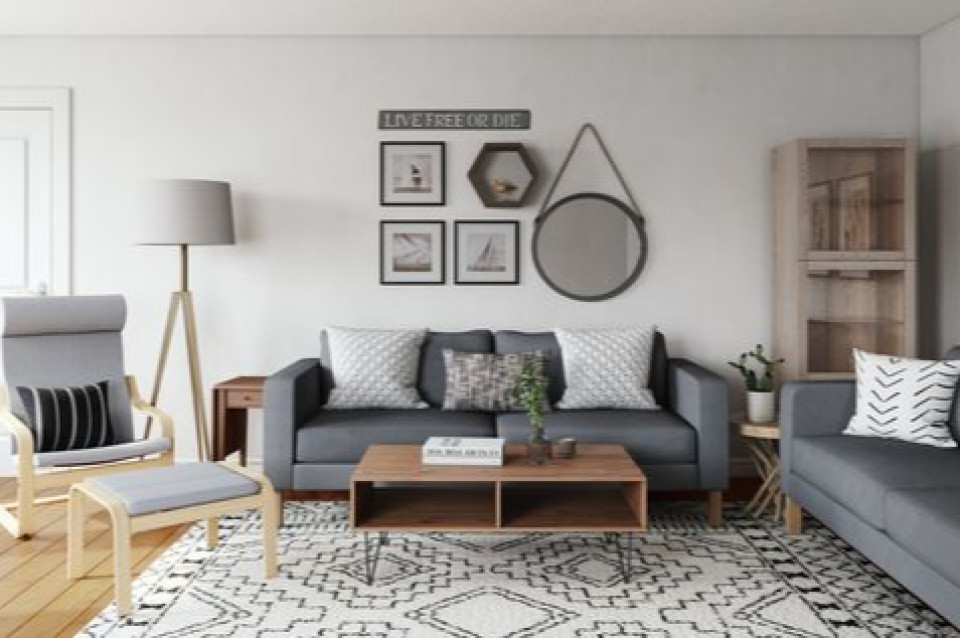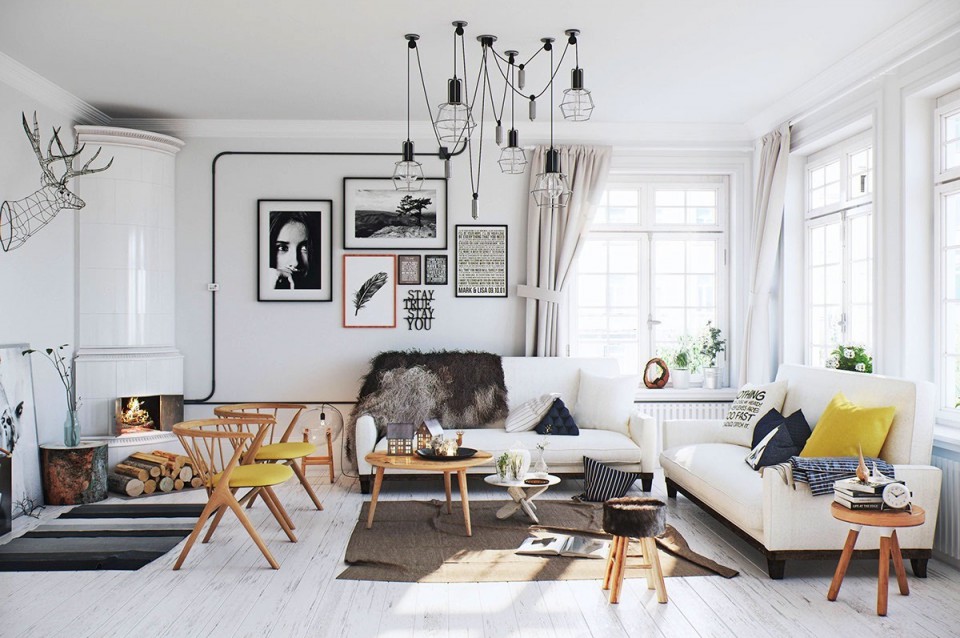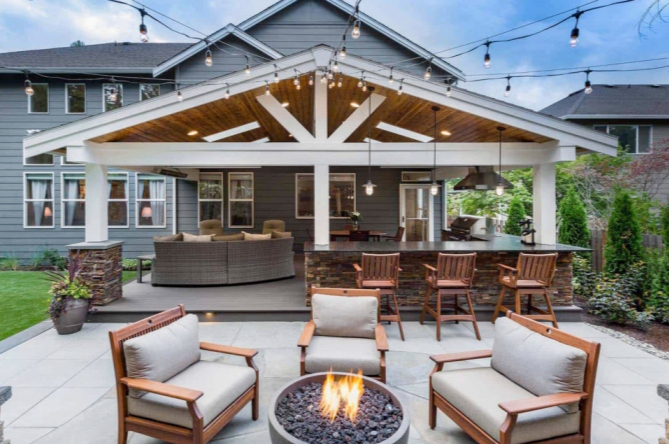Make the House Warmer with a Touch of Vintage Furniture
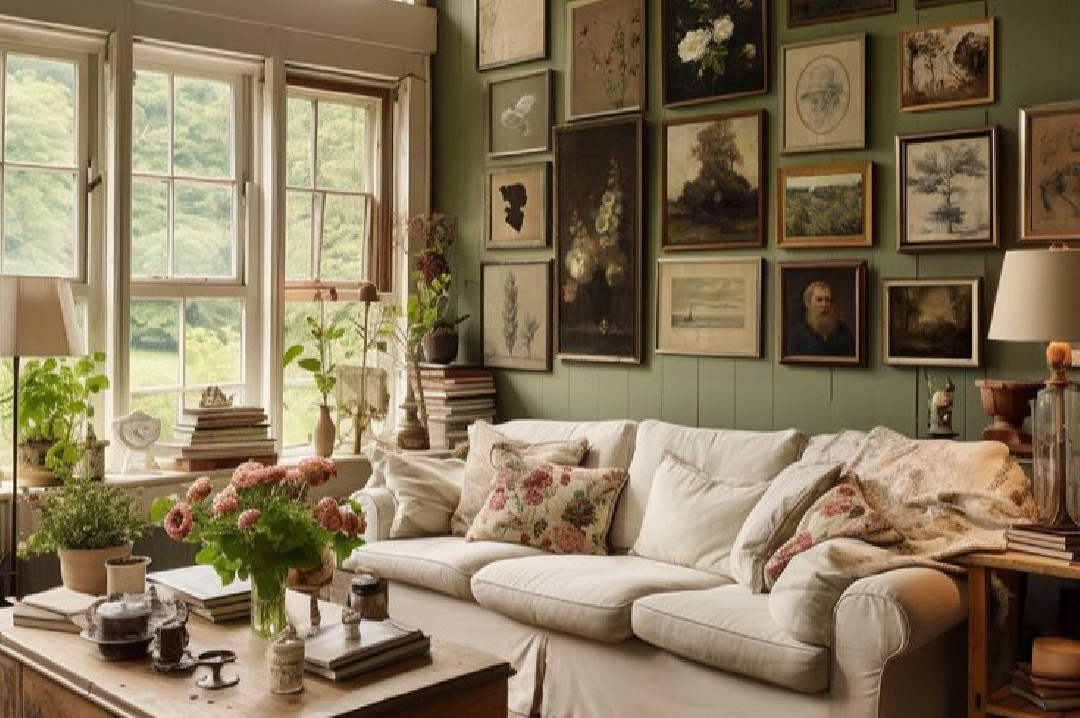
Vintage design refers to a design style inspired by a certain period in the past, generally between the 1920s and 1970s. This style has unique characteristics or properties so that many people are still interested in using this style in their spatial designs. There are several characteristics of vintage design:
- Curved and Elegant Shapes: Vintage furniture often has smooth, curved shapes, such as chairs with curved high backs or tables with cabriole-style legs. This shape gives a classic impression and character.
- Ornamental Details: Vintage furniture style is synonymous with ornamental details, carvings or patterns that give an artistic and unique touch. This can be a decorative accent on the back of a chair, table, or even a cupboard. These ornaments usually won't be too complicated, but still striking.
- Use of Soft and Classic Colors: Vintage style furniture often comes in soft colors, such as pastels (light blue, mint green, and cream), or neutral colors with warm nuances. These colors give a warm and comfortable impression in the house.
- Inspiration from a Specific Era: Each decade in history brings a different design style. Vintage designs can take inspiration from several eras, ranging from geometric, minimalist, to even dull/slightly damaged styles.
- Natural-Looking Materials: Vintage designs often use natural-looking materials, such as wood, wrought iron, or rattan. The use of this material adds a sense of warmth and authenticity, and makes the room feel more alive.
- Focus on Comfort and Function: Vintage furniture is not only beautiful in terms of design, but also functional and comfortable. Like vintage sofas, which are often covered in soft fabric with thick cushions, providing a comfortable feeling balanced with an aesthetic appearance.

Combining Vintage Aesthetics in Modern Furniture
Vintage design is not always related to old items. Many furniture designers today adapt classic elements from vintage styles into modern furniture, to create a balance between old aesthetics and today's functionality. Here are several ways you can combine vintage aesthetics into modern furniture:
1. Distinctive Shape and Silhouette
Modern furniture inspired by vintage designs often adopts classic shapes such as chairs with cabriole legs or tables with curved edges. However, the lines may be sleeker and more minimalist, following the trend of cleaner, modern designs. It gives a contemporary feel with a touch of nostalgia.
2. Distressed Material Finishing
One popular technique for combining vintage with modern is the use of a "distressed" or "weathered" finish. This aims to create the illusion of age on new furniture, giving a vintage impression without having to use antiques. For example, a modern wooden table can be finished with a time-worn appearance, giving a vintage character to the new design.
3. Combination of Traditional and Modern Materials
You can combine materials such as solid wood, wrought iron, or rattan with modern materials such as glass, steel, or plastic to create furniture with a unique appearance. For example, a coffee table with wrought iron legs combined with a glass surface creates a balance between vintage elegance and minimalist modern style.
4. Contrasting Colors and Textures
A vintage touch can be achieved through choosing contrasting colors and textures. For example, a sofa with a modern design can be covered with fabric that has a distinctive vintage texture, such as velvet or linen with floral or geometric patterns that were popular in the past. Soft colors such as olive green, mustard or navy are often used to give an elegant vintage feel.
5. Vintage Accessories and Details
Even if your furniture is modern, adding accessories with vintage elements such as brass handles or carved accents on cupboards and tables can enrich the look and feel. These small details give it a vintage feel without sacrificing modern functionality.
6. Functions that remain modern
Even though it is inspired by vintage design, modern furniture must still pay attention to today's functionality. For example, a dining table with a vintage design can have a folding feature to save space, or classic style chairs are equipped with ergonomic technology for modern comfort.
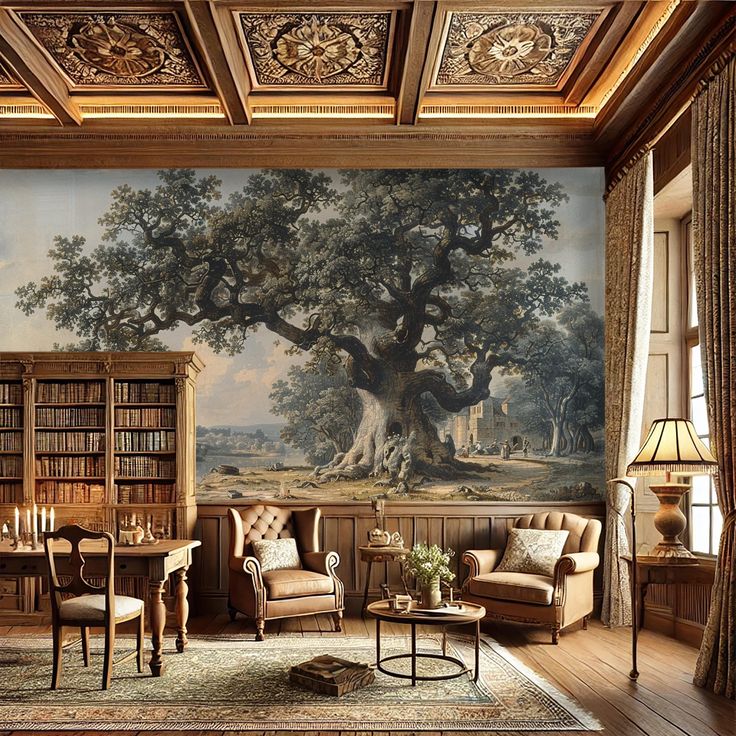
Vintage Colors and Patterns That Make a Room Look Warmer
Vintage design has a distinctive color palette and pattern, which is able to create a feeling of warmth, nostalgia and comfort in the room. The use of these colors is often combined with decorative patterns that give a classic impression, but are still relevant to modern styles.
1. Warm Colors Typical of Vintage Designs
Vintage designs are characterized by their colors which convey warmth and comfort. The following are colors that can be used to create vintage designs:
-Pastels: Pastel colors such as cream, mint green, pale blue and soft yellow are often a choice in vintage designs. The impression given is calm and friendly, suitable for rooms such as the living room or dining room.
-Neutral Colors with Warm Undertones: Neutral colors such as beige, light brown, or gray with warm undertones are often used to create a solid base for furniture or walls. These colors are easy to combine with other elements and give a classic impression without being too flashy.
-Earth Tones: Colors such as terracotta, olive green, mustard, or dark brown provide a sense of warmth and connection with nature. They are often combined with wooden materials to add texture and depth to a room.
2. Typical Vintage Patterns
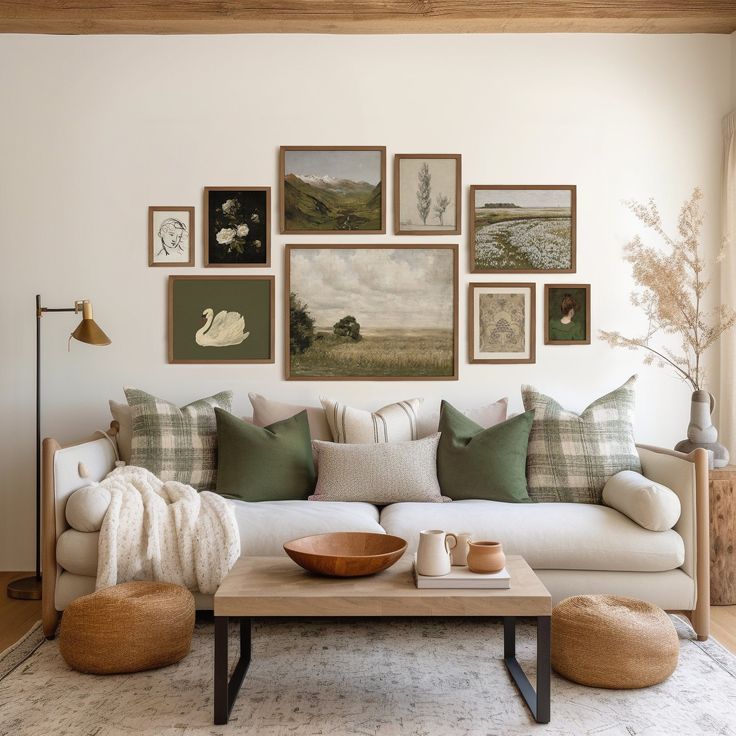
Apart from color, decorative patterns are also an important element of vintage design. These patterns are often inspired by nature, flora and intricate geometric motifs. Some patterns frequently used in vintage designs include:
-Floral Patterns: Medium to large floral patterns are very common in vintage designs, especially on sofa upholstery, curtains or carpets. This floral motif can give a feminine and soft impression to the design, as well as adding a rich visual dimension to the room.
-Geometric Patterns: Vintage designs also often use bold geometric patterns, such as stripes, squares, or diamond shapes. These patterns often appear on wallpaper, carpets, or decorative pillows, and can provide an interesting contrast to the soft color palette that is usually used.
3. Mix Colors and Patterns for a Warm Effect
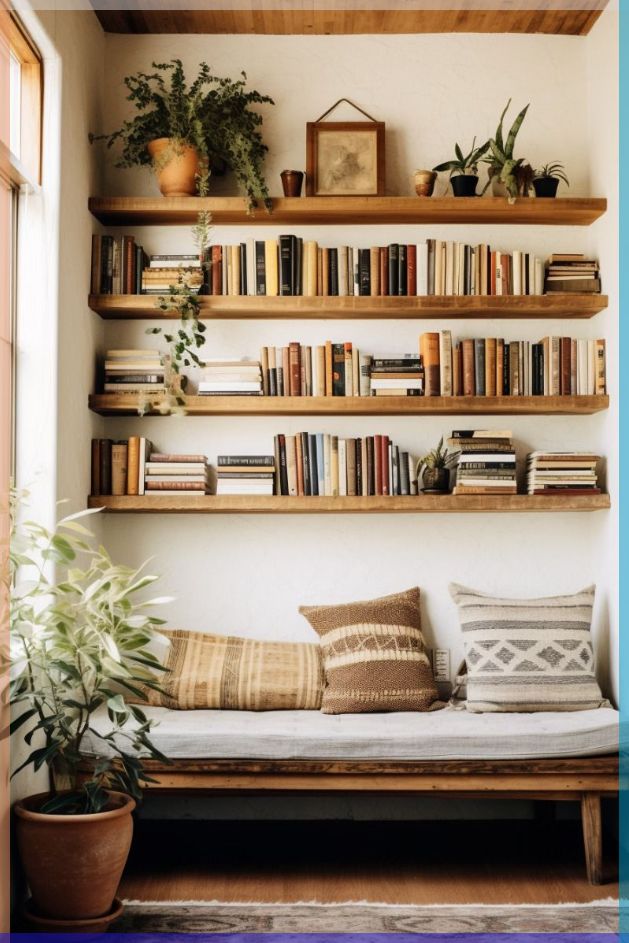
To create a warmer room feel, you can combine soft colors with classic patterns. For example, a beige sofa can be equipped with matching patterned pillows, or a carpet with a terracotta-colored geometric motif can be a warm accent in the middle of a room dominated by neutral colors.
Conclusion:
Vintage design is not only about reusing old items, but also about how existing aesthetic elements from the past can be adapted to create a warm atmosphere and full of character in a room. Combining classic shapes with modern materials allows vintage furniture to remain relevant in today's era, while maintaining its visual appeal. Soft colors such as pastels, earthy tones and warm neutrals, as well as distinctive patterns such as floral and geometric motifs, contribute to a comfortable and nostalgic feel. With the right combination, vintage design can make a home feel warmer, more characterful, and still functional for modern life.


